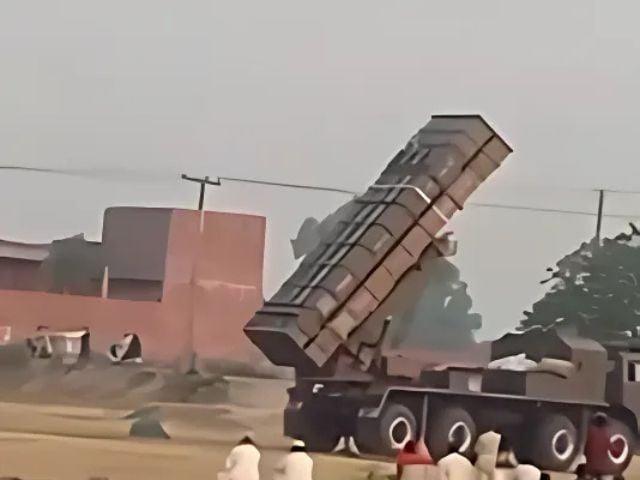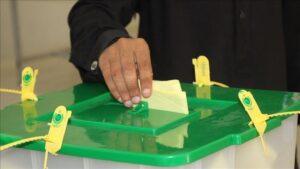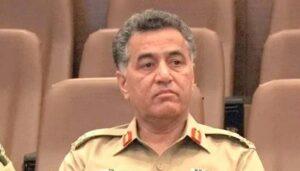India with nuclear weapons and Pakistan stood at the edge of the large -scale conflict after days of growing tensions, until the president of the United States, Donald Trump, revealed that both nations had accepted a “high immediate and complete fire.”
Soon, Islamabad and New Delhi confirmed the agreement to immediately stop all military activities.
The tensions between India and Pakistan intensified after the April 22 attack in Pahalgam, India illegally occupied Jammu and Kashmir (Iiojk), which killed 26 people. India blamed the elements based in Pakistan for the assault, but did not provide evidence. Islamabad strongly denied accusations.
On April 23, India closed the Wagah’s border crossing, revoked the Pakistani visas and announced the suspension of the Indo Water Treaty. Pakistan condemned the movement as an “act of war” and replied by sealing Wagah’s border from his side.
The confrontation broke out from May 6 to 7 when India launched her attack against Pakistan, which became the military clash more seriously among the neighbors in decades. Dozens were killed before diplomacy prevailed.
Despite the repeated warnings of the Pakistani government, India, fed by the war rhetoric of its media, continued provocative actions, including frequent drone incursions, which finally led Pakistan to retaliate.
Here is a look at Pakistan’s key achievements, since it exceeded Indian hostilities:
Night from May 6 to 7
The Pakistan Air Force achieved a historical BVR combat victory (beyond the visual range), knocking out five Indian combat planes: three rafale, a SU-30 and a MIG-29, without incurring losses with officials that declare the result of a score of “100-0” in favor of Pakistan.
May 7
Pakistan successfully intercepted and destroyed 78 armed drones of Israeli origin: Variants of Herón and Harop, neutralizing a great non -manned aerial assault. Later that night, an Indian missile projectile was shot down near Dinga in Punjab.
Night from May 8 to 9
Brahmos supersonic missiles were intercepted by Pakistan air defense systems, reflecting improved radar and missile interception capabilities.
During the confrontation
Pakistan retreated decisively after Indian attacks, according to reports, pointing to 26 military sites within India in response to strikes in seven Pakistani places. Military sources shared that the Pakistani forces had also destroyed several headquarters of the Brigade and Battalion of India along the loc.
Fateh-1 missile deployment
Pakistan deployed rockets guided by Fateh-1, which according to the authorities had caused significant damage to the Indian air bases and support areas. The indigenous system was described as “highly effective” in operational conditions.
May 8 onwards – Diplomatic and financial support
Pakistan assured an approval of the IMF program of $ 1 billion in the middle of the conflict, indicating international confidence. China and Turkiye publicly supported Pakistan, while US and Western countries maintained neutrality. Only Israel expressed open support to India when New Delhi refrained from the vote.
Narrative war and strategic messaging
The Pakistani state and media platforms accredited by dominating the global narrative, counteracting the Indian erroneous information and highlighting the domestic disturbances within India, including SIJ complaints and minority complaints.
Unit at home, divisions through the border
The unified national response of Pakistan contrasts with the false narrative of internal political and social divisions that were reported in India during the crisis.




